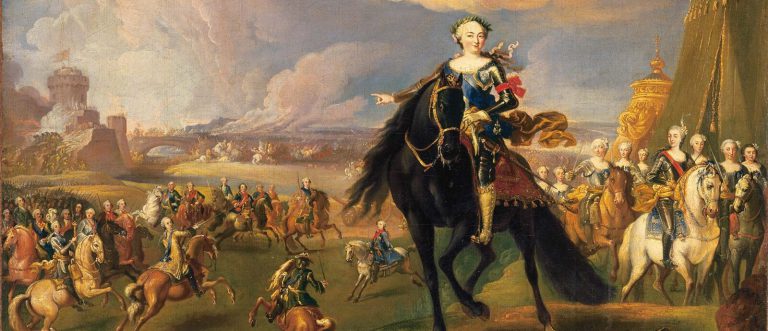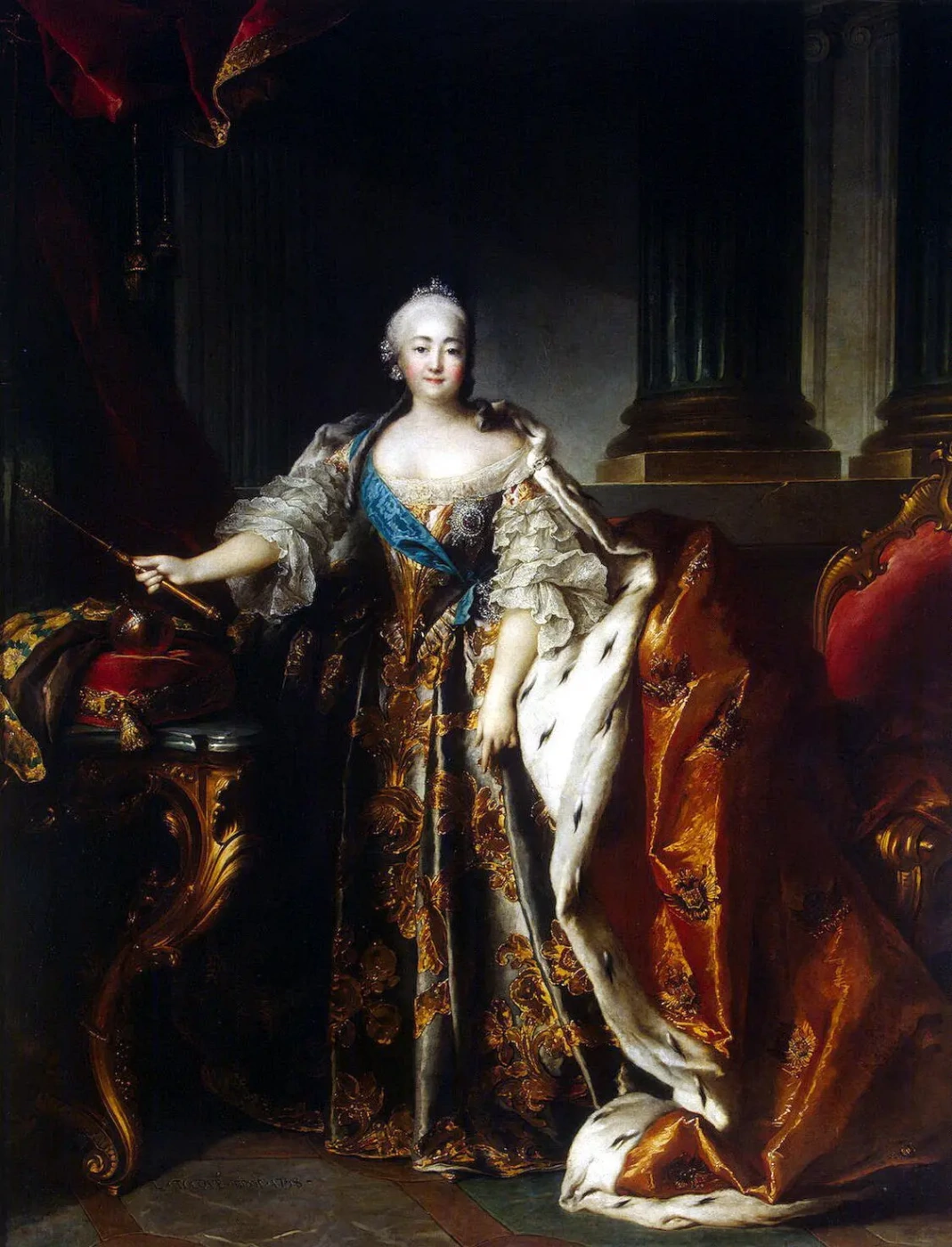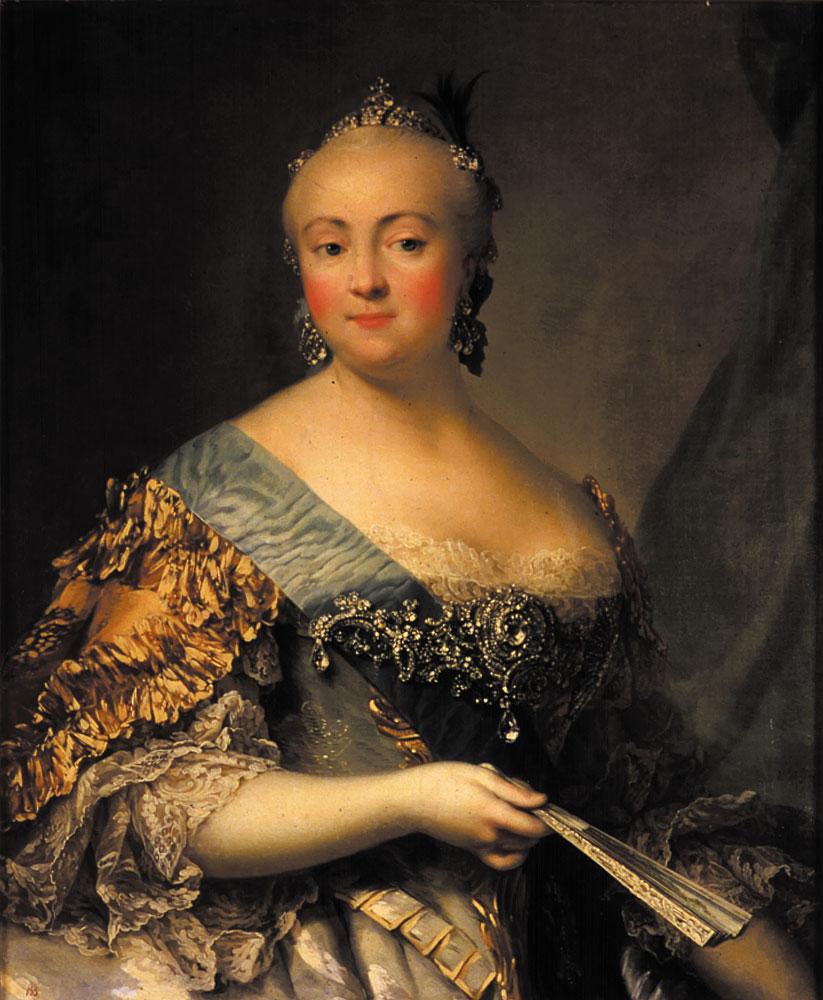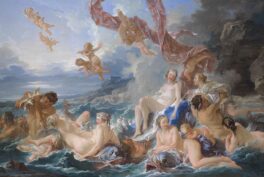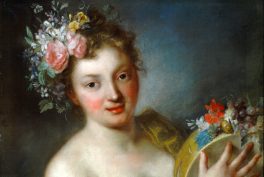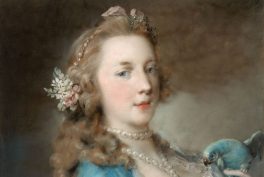Elisabeth of Russia (1709-1761) was the most beautiful empress from the Romanov dynasty. Contemporaries called her “the sparkle of Peter the Great” as she was his daughter, and Elisabeth Petrovna did her best to associate her reign with the glory of her father. Read about “the government Venus” who gave Europe peace and fascinated contemporaries with her beauty and splendor!
Elisabeth Petrovna as a child
The Portrait of Tsarevna Elisabeth Petrovna in Childhood by Loius Caravaque deserves to be called the most scandalous nude in Russian art. In this painting, we see Tsarevna Elisabeth when she was only eight years old! She was a little girl while the artist depicted her body with curves like an adult woman. For Russian Orthodox society, such a sensual image of the Tsar’s daughter was blasphemy.
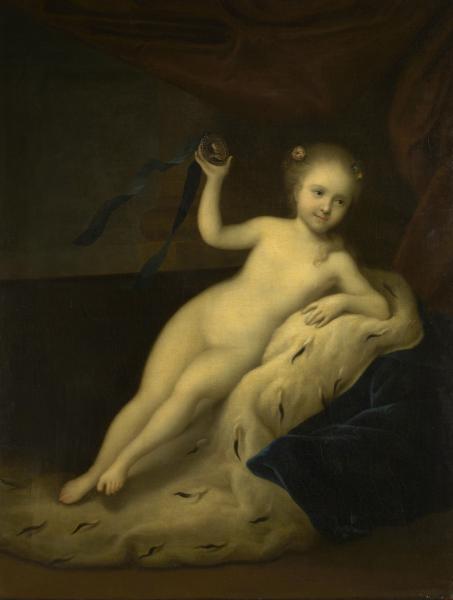
However, Tsar Peter, sensitive to European trends, wanted to bring foreign culture to Russia. That’s why Peter’s family were the first Romanovs depicted in a European manner. Later, Elisabeth appreciated the portrait made by Caravaque because it was the first image of her sensual and delicate soul. She had the intention of staying young and beautiful in the memory of subsequent generations.
Elisabeth of Russia as an Amazon
Austrian painter Georg Prenner made the impressive Equestrian Portrait of the Empress Elizabeth Petrovna. Prenner used fine art not only as an aesthetic but as a means to show the diplomatic situation in Russia as well. In the second part of the 1750s, the Russian Empire joined The Seven Years’ War against Prussia. During the war, Prenner depicted the political ideas of the Russian government in a bright, spectacular way.
In the foreground, you can see empress Elisabeth of Russia in shining armor. She is surrounded by armed men and women with swords. It seems like they are waiting for the empress’s signal to rush into the fight.
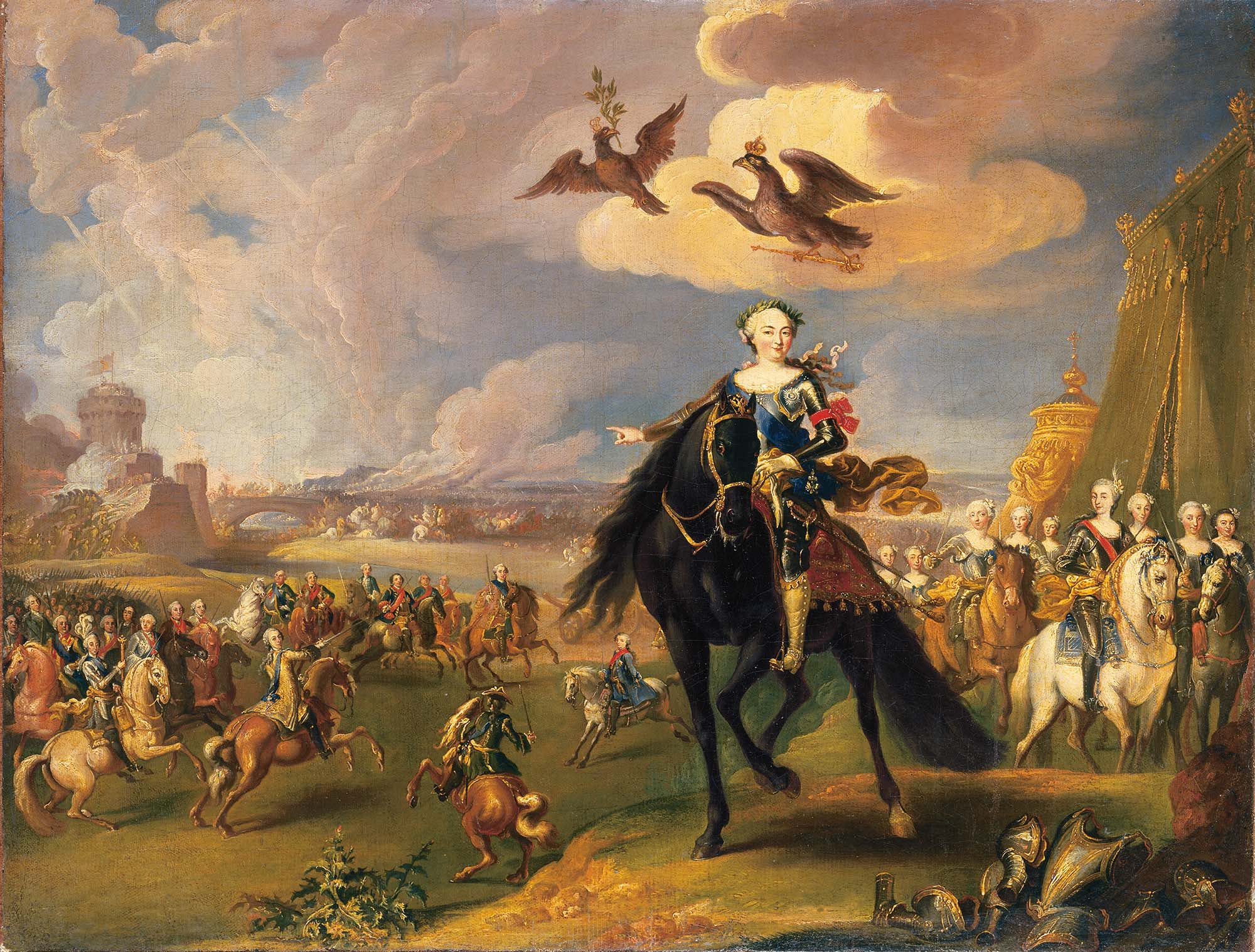
Elisabeth points to the battle scene of burning Dresden. Two eagles are flying above the empress’ head. One eagle is crowned and carries the scepter, another is decorated with the monogram “EP” which means “Elisabeth Romanova.” Eagles are symbols of power, the olive branch is a symbol of peace. Elisabeth is crowned with a laurel wreath as a glorious winner.
Elisabeth as a masquerade lover
Georg Christoph Grooth was a German artist who could feel the artistic taste of Elisabeth Petrovna. Moreover, he could express the reality of Elisabeth’s court on canvas. The artist depicted the empress differently: as a wise sovereign, goddess, amazon, and charming stranger.
Portrait of Empress Elizabeth I of Russia in a Black Masquerade Domino is a perfect example of costume in a Rococo style portrait. The portrait reveals the playful, fancy, and cheerful atmosphere of Elisabeth’s life.
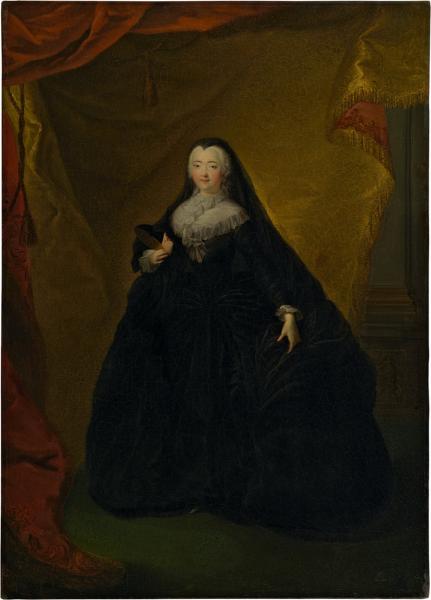
Her figure is mysterious and flirty at the same time. There is an impression of an ideal mix of dreams and reality.
Elisabeth of Russia was passionate about Italian opera and French comedies. Moreover, she obliged aristocracy to visit theatres, and those who disobeyed had to pay a fine.
Elisabeth Petrovna as an empress
The French painter Louis Tocqué was invited to Russia to make an official portrait of Elisabeth of Russia. Louis Tocqué is said to be a thoughtful psychologist and an artist of brilliant technique. The marvelous tenderness of his brush, the exquisite variety of tones, and the precise expression of individual features put Tocqué in first place among contemporary French portrait painters.
He made several portraits of Elisabeth Petrovna. Tocqué could express the charm and beauty of Elisabeth in a bust portrait so the empress agreed to pose a few times. Despite her advancing disease Elisabeth posed patiently and was kind and smiling. In the portrait, Elizabeth turned out to be unusually comely: creamy skin, a slight blush on the face, blue eyes with a drag, a pleasant smile.
Elisabeth of Russia as “Government Venus”
And at the end of the review of the portraits of Elizabeth Petrovna, we would like to tell briefly about the portraits of the empress by the Danish painter Virgilius Heriksen.
The State Hermitage Museum has two miniatures by Heriksen, in which the empress is depicted sitting on a chair with a fan in her hand. The portraits differ in some details but generally are very similar. Perhaps these miniatures were preliminary ones of a more significant portrait.
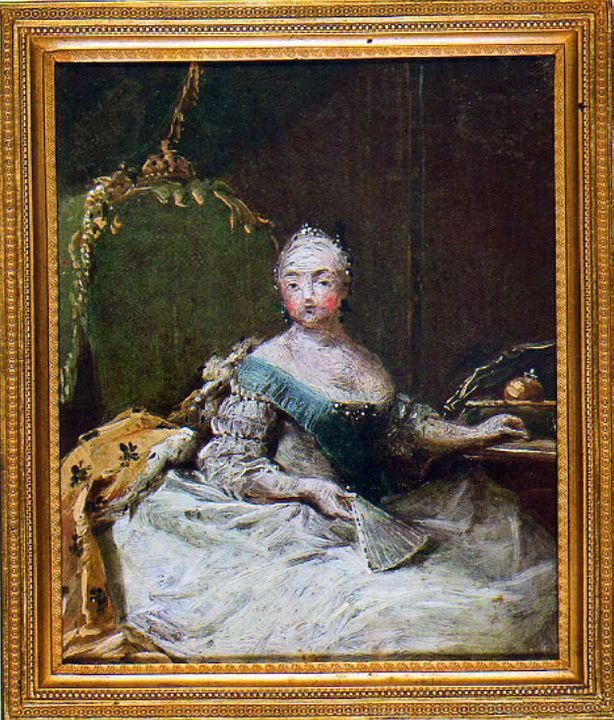
Heriksen was honored to attend a public dinner where he saw the empress. The artist, standing opposite Elizabeth, starred at her for a long time, memorizing her features. He made a sketch of the future portrait at home. Later, by order of Elizabeth, the sketch was taken to the court, and the artist was allowed several sessions to complete the work.
Eriksen painted Elisabeth as a beautiful and sophisticated woman rather than the empress of a huge country. The image can be called semi-official since there is no full set of regalia. However, the lack of officialdom gives it some warmth and sincerity. Elizabeth is covered with diamonds, but at the same time, she obviously knows the measure in them.
Irina Marinova
